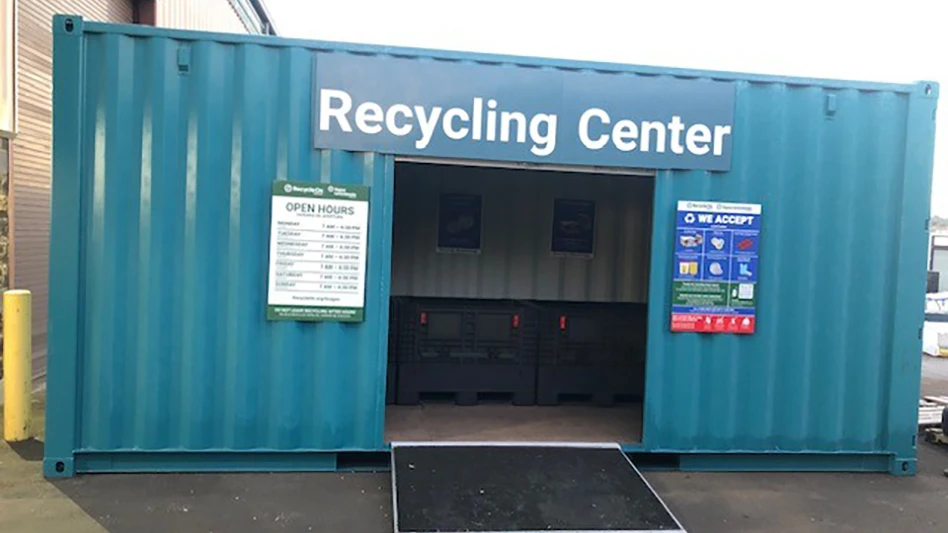FILLED WITH UNLEADED
The Construction Materials Recycling Association (CMRA), Lisle, Ill., reports that initial results are in from an Army Corps of Engineers’ study on lead-based paint (LBP), which the CMRA helped to fund.
The study is on concrete structures that are being demolished and recycled in California. Overall, results show that the practice is safe for the environment, including for the workers performing the job, according to CMRA Executive Director William Turley.
The study, organized by the Corps’ Construction Engineering Research Laboratory (CERL), was performed at Fort Ord, a military base in California that is being closed. Several hundred concrete structures have been torn down to make way for private development, with some of the structures having LBP on them from previous coats of paint added during years of military use.
There was concern about where that lead would go during the demolition and recycling processes. Specifically, the study, which was partially funded by the CMRA and the National Association of Demolition Contractors (NADC), Doylestown, Pa., sought to find out what type of lead concentrations were on the buildings’ concrete, and where the lead goes during mechanical demolition and crushing.
Air, soil, worker exposure and the final aggregate products were tested, and the CERL study has thus far concluded that lead dust remains in the buildings before demolition, which is a personnel protection issue for workers performing tasks on site.
However, because of good dust control measures undertaken by the demolition contractor and concrete recycler (Kroeker Demolition & Recycling, Fresno, Calif.), no worker outdoor air exposure during the demolition and crushing phases was measured in the study.
The study found that total lead in the aggregate product averaged about 17 parts per million (ppm), above "background," but well below the Toxic Characteristic Leaching Procedure (TCLP) limit. However, total lead in the fines of the recycled concrete roadbase product averaged 110 ppm, which may fail TCLP and requires at least good housekeeping and appropriate personnel protection. It is, however, far below the U.S. EPA limit of 400 ppm for residential soil.
The exact date of the study’s completion is not yet known. Still to be accomplished are compiling lab results and finishing modeling; comparing lead measurements from different techniques; and trying to quantify the buffering capacity of concrete.

Explore the October 2003 Issue
Check out more from this issue and find your next story to read.
Latest from Recycling Today
- US Steel to restart Illinois blast furnace
- AISI, Aluminum Association cite USMCA triangular trading concerns
- Nucor names new president
- DOE rare earths funding is open to recyclers
- Design for Recycling Resolution introduced
- PetStar PET recycling plant expands
- Iron Bull addresses scrap handling needs with custom hoppers
- REgroup, CP Group to build advanced MRF in Nova Scotia





